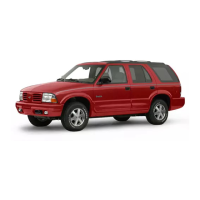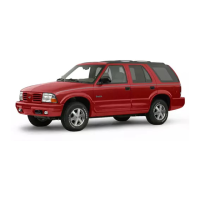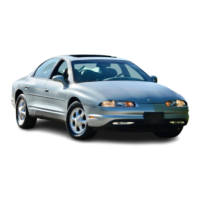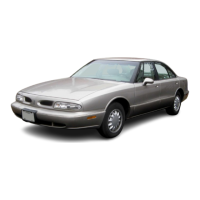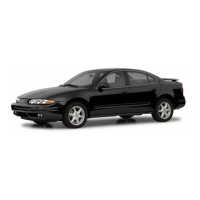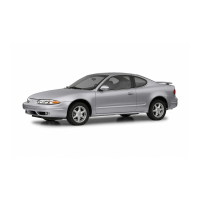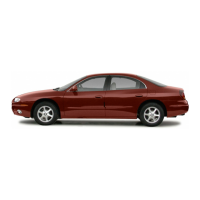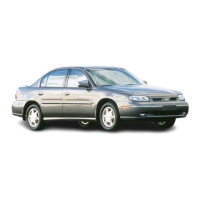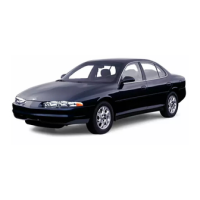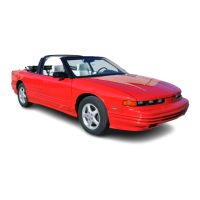I
NOTICE:
Pulling a trailer improperly can damage your
vehicle and result in costly repairs not covered by
your warranty.
To
pull a trailer correctly, follow
the advice in this part, and see your Oldsmobile
retailer for important information about towing
a trailer with
your
vehicle.
Every Bravada is ready for some trailer towing.
If
yours
was built with trailering options, as many are, it’s ready
for heavier trailers. But trailering is different than just
driving
your
vehicle by itself. Trailering means changes
in
handling, durability and fuel economy. Successful,
safe trailering takes correct equipment, and
it
has to be
used properly.
That’s the reason for this part.
In
it
are many
time-tested, important trailering tips and safety rules.
Many of these are important for your safety and that of
your passengers.
So
please read this section carefully
before you pull
a
trailer.
If
You
Do Decide
To
Pull
A
Trailer
If
you do, here are some important points:
0
0
0
0
0
There are many different laws, including speed
limit
restrictions, having
to
do
with
trailering. Make sure
your rig
will
be legal, not only where you live but
also where you’ll be driving.
A
good source for this
information can be state or provincial police.
Consider using a sway control
if
your
trailer will
weigh 2.000
Ibs.
(900 kg) or less. You should always
use
a
sway control
if
your trailer
will
weigh more
than 2,000 lbs. (900 kg). You can ask a hitch dealer
about sway controls.
Don’t tow a trailer at all during the first 500 miles
(800 kln) your new vehicle
is
driven. Your engine,
axle or other parts could be damaged.
Then, during the first 500 miles (800
kin)
that you
tow
a
trailer, don’t drive over
SO
mph
(80
kdh)
and
don‘t make starts at
full
throttle. This helps your
engine and other parts of your vehicle wear
in
at the
heavier loads.
You should use THIRD
(3)
(or,
as
you need to,
a
lower gear) when towing a trailer. Operating your
vehicle
in
THIRD
(3)
when towing a trailer
will
minimize heat buildup and extend the life
of
your transmission.
4-45
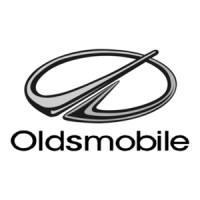
